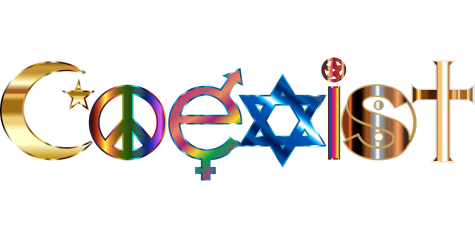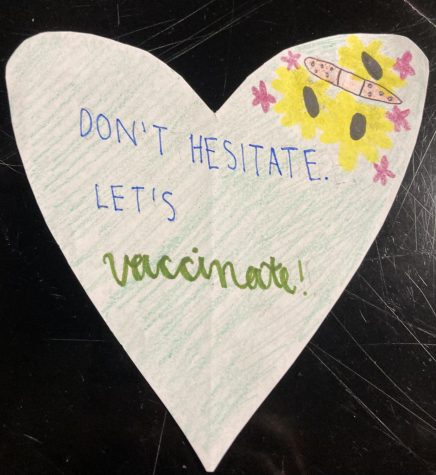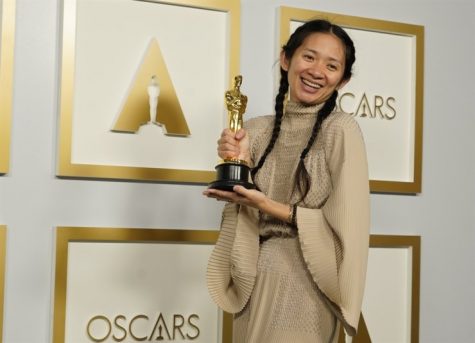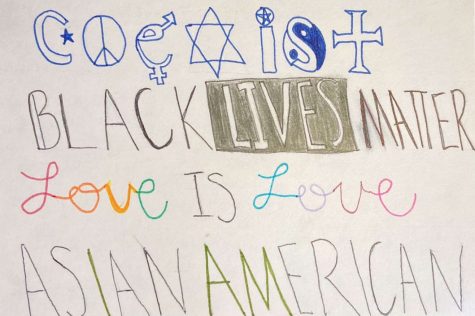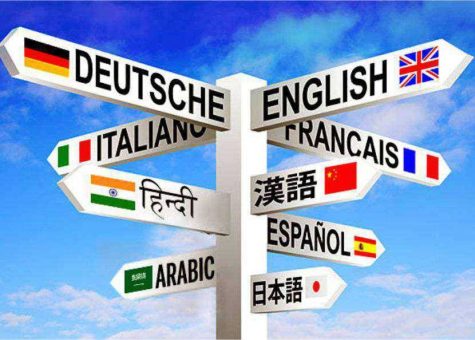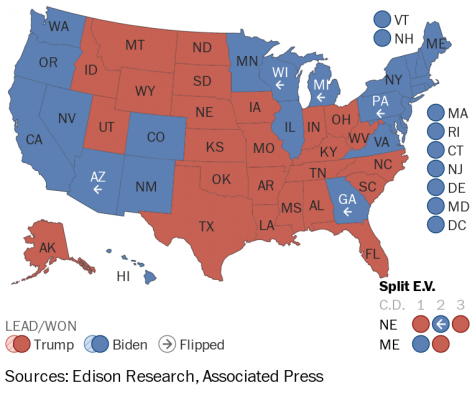School cliques show mild exclusivity
May 8, 2017
It has been 63 years since the Brown v. Board of Education of Topeka, Kansas ruling deemed segregation unconstitutional, and while racial segregation is regarded as immoral today, some remnants of it still exist through social norms. At school, teachers and students, for whatever reasons, inadvertently still cause some form of segregation relating to discrimination.
In ninth grade English I read To Kill a Mockingbird, which dealt with segregation in the South. It was one of the rare reads in English that dealt with discrimination and segregation explicitly. It’s similar to how people separate themselves into groups and the ubiquitous cliques
“Self-segregation” is what I call the the way we group ourselves at school. Even the average groups remain extremely tight-knit, which my circle is guilty of doing from time to time.
When my older sister was a sophomore at Northgate and was fulfilling her world history requirement, she said that all the Asians in the class-including her-were put into one corner. It was the inside joke until they changed seats again. I asked her if it was because of troublemakers, but she downplayed it by saying it was harmless and coincidental. However, during that quarter, the “Asian squad” didn’t work with their other classmates as much.
More often than not, several groups are composed of similar ethnicities, aside from the other groups with diverse backgrounds. I found that most students don’t experience racism, but more along the lines of segregation and discrimination. Usually, it’s the subtle kind of discrimination that gets to people the most.
“This is hard, because of my whole life, I would have never noticed because I am just so blind to it,” junior Frishta Alefi commented. She explained to me that she can be naive at times, which may be frustrating to others, leading to rejection from certain groups.
Personally, I haven’t experienced any discrimination that went beyond the typical smart Asians stereotypes, but some of my relatives and friends complain about about these remarks. Nonetheless, those comments perpetuate casual discrimination that might seem benevolent yet is condescending in nature. The very way in which casual discrimination occurs is detrimental to a society that prides itself on equality. Despite the comfort level that is presented with familarity, we must overcome societal stigmas. Intentional or unintentional, exclusion is exclusion.

